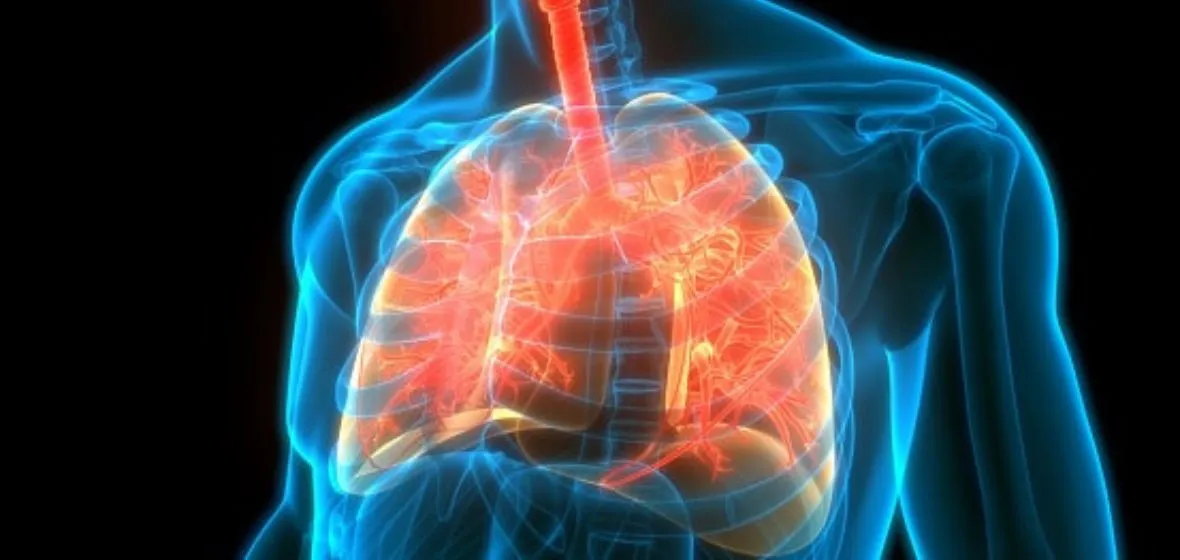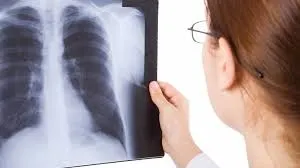
Hospice Care Admission Guidelines for Pulmonary Disease
LCD Guidelines
Pulmonary Disease
The criteria pertain to patients with advanced pulmonary disease who ultimately progress to end-stage pulmonary disease. Criteria 1 and 2 must be met, with Criteria 3, 4, and 5 serving as additional supporting evidence.
- Severe Chronic Lung Disease characterized by:
- Disabling Dyspnea at Rest: The patient suffers from severe breathlessness even while resting, which is minimally or not responsive to bronchodilators, resulting in significantly reduced functional capacity (e.g., limited to bed-to-chair mobility, persistent fatigue, and chronic coughing).
- Progression of Pulmonary Disease: This is evidenced by a marked increase in hospital or emergency department visits for pulmonary infections or respiratory failure, or a rise in physician home visits prior to initial certification.
- Resting Hypoxemia: The patient has abnormally low oxygen levels when breathing room air, indicated by a pO2 of ≤ 55 mmHg or an oxygen saturation of ≤ 88%, as measured by arterial blood gases or oxygen saturation monitors. These values may be verified using recent hospital records. Alternatively, Hypercapnia can be documented by a pCO2 of ≥ 50 mmHg, with values available from hospital records within the past 3 months.
- Right Heart Failure (RHF): This condition, resulting from pulmonary disease (Cor pulmonale), is not due to left heart disease or valvular problems.
- Progressive, Unintentional Weight Loss: The patient has experienced a loss exceeding 10% of their body weight over the previous 6 months.
- Resting Tachycardia: The patient consistently has a resting heart rate of over 100 beats per minute.

Comparative Data
- Changes in Breathing: The patient now exhibits labored breathing with pursed lips, a barrel chest, persistent coughing, and a tripod posture.
- Increased Shortness of Breath (SOB): Previously able to walk to the bathroom without difficulty, the patient now struggles with shortness of breath and prefers to sleep in a recliner rather than a bed.
- Changes in Activity: The patient, who was once actively engaged in various activities, now refrains from participating.
- Changes in Intake: The patient has reduced their food intake from 100% to only 50%, and is exhibiting signs of food pocketing.
Comorbidities
- Kidney Failure
- Pain
- SOB
- Bleeding
- Anorexia
- Ascites
- Syncopal Episodes
- Weight Gain
- Edema
Areas we Serve
Call us at +1 480-565-7558 for inquiries.
